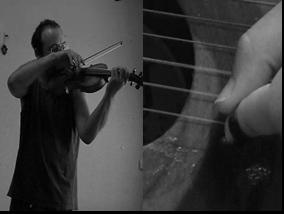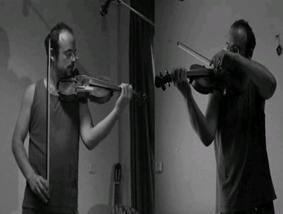Yoav Y. Schechner: Research
Harmony in Motion

Cross-modal analysis offers information beyond that extracted from individual modalities. Consider a camcorder having a single microphone in a cocktail-party: it captures several moving visual objects which emit sounds. A task for audio-visual analysis is to identify the number of independent audio-associated visual objects (AVOs), pinpoint the AVOs' spatial locations in the video and isolate each corresponding audio component. Part of these problems were considered by prior studies, which were limited to simple cases, e.g., a single AVO or stationary sounds. We describe an approach that seeks to overcome these challenges. It acknowledges the importance of temporal features that are based on significant changes in each modality. A probabilistic formalism identifies temporal coincidences between these features, yielding cross-modal association and visual localization. This association is of particular benefit in harmonic sounds, as it enables subsequent isolation of each audio source. We demonstrate this in challenging experiments, having multiple, simultaneous highly nonstationary AVOs.
Publications
- Zohar Barzelay and Yoav Y. Schechner, “Harmony in motion,” Proc. IEEE CVPR (2007).




